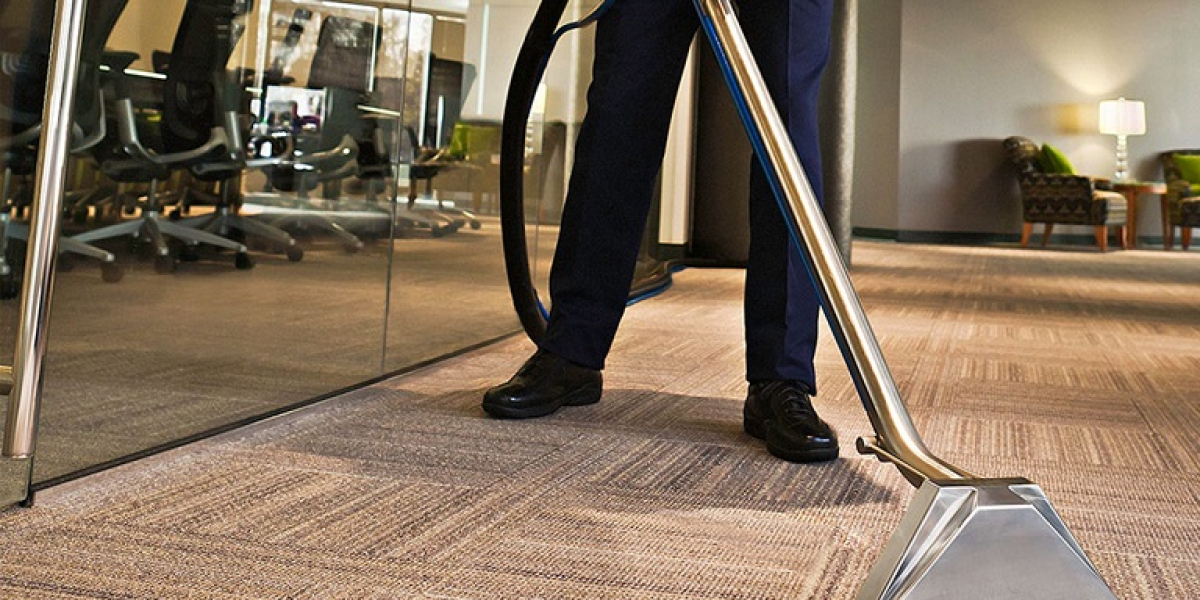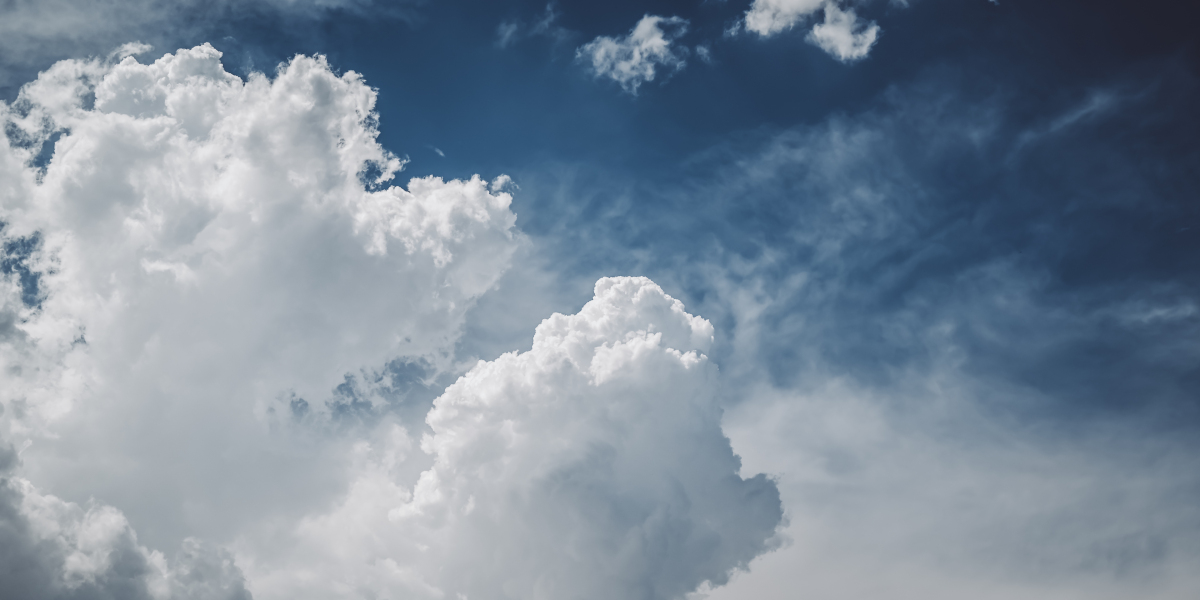As the popularity of 3D printing continues to grow, so does the importance of understanding 3D printing safety. Whether you are a hobbyist or a professional, ensuring a safe printing environment is crucial. This article will delve into the essential safety precautions you should take when operating a 3D printer at home.

Understanding 3D Printing Safety Risks
What are the potential hazards associated with 3D printing? The risks can vary based on the type of printer and materials used. Common concerns include:
- Fumes and Particulates: Many filaments release harmful fumes when heated, which can affect indoor air quality.
- Burns and Injuries: The printer's nozzle and heated bed can reach high temperatures, posing a burn risk.
- Electrical Hazards: Improper wiring or malfunctioning equipment can lead to electrical fires.
Essential Safety Precautions for 3D Printing
To mitigate these risks, it is vital to implement effective safety measures. Here are some essential precautions to consider:
- Ventilation: Always ensure your printing area is well-ventilated. Use a fan or open windows to disperse fumes.
- Protective Gear: Wear gloves and safety goggles when handling materials or cleaning the printer.
- Fire Safety: Keep a fire extinguisher nearby and never leave the printer unattended while in operation.
- Regular Maintenance: Regularly inspect your printer for any signs of wear or damage to prevent accidents.
Choosing Safe Materials for 3D Printing
When it comes to 3D printing safety, the choice of materials plays a significant role. Some materials are safer than others. For instance:
- PLA (Polylactic Acid): Generally considered safe, it emits fewer fumes compared to other materials.
- ABS (Acrylonitrile Butadiene Styrene): While popular, it releases harmful fumes and should be used with caution.
- TPU (Thermoplastic Polyurethane): A flexible material that is relatively safe but still requires proper ventilation.
Staying Informed About 3D Printing Safety
As technology evolves, so do safety standards and practices. Staying informed about the latest developments in 3D printing safety is essential. For more detailed information, consider visiting resources like this guide on 3D printing safety.
In conclusion, understanding the risks associated with 3D printing and implementing the necessary safety precautions can significantly enhance your printing experience. By prioritizing 3D printing safety, you can enjoy the creative possibilities of this technology while minimizing potential hazards.








